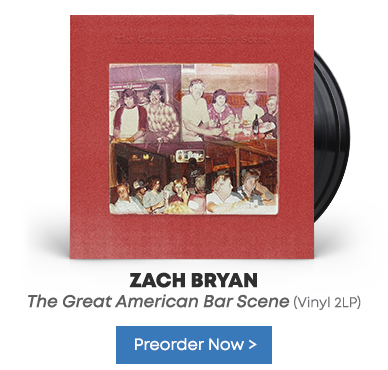Today, I want to mention a theme that has been seeping into everything my wife and I are doing around the house: wastefulness. I've seen reports of China's air-pollution reductions since the quarantine, and pictures of Italy's crystal-clear canals. They make me consider the positives that will come out of the COVID-19 tragedy. Just thinking about the food waste in our kitchen alone has been weighing on our minds. Freezing every portion of fresh vegetables to use in stocks later. Trying to not let anything go to waste in the refrigerator by cooking it and freezing leftovers. Even adjusting portion sizes. I know this issue has been raised among those around me, and I assume it's entered your mind, as well. We have promised we'll make changes in our lifestyle. How about you?
First up: Paul Simon Paul Simon
It doesn't need to be said that Paul Simon is one of the greatest American songwriters. In my opinion, he's also one of the most under-appreciated guitar players. Anyone who has ever tried to learn to play "The Boxer" will likely attest to this claim. Now that we are on board with his genius, let's talk about his self-titled solo album.
In 1972, the year of its release, I was three years old. In our family, we were practically raised on albums like Paul Simon. We were a music family, and at nearly every dinner, we spun records on the turntable. No TV was allowed in our house. In my bedroom, on my denim-clad 'table console from Sears (I wish I still had it!), I literally wore out the grooves on Still Crazy After All These Years. As a child, the rhyming in "50 Ways to Leave Your Lover" proved endlessly fun even if I didn't understand what the song was about. I can talk about that album for days. Maybe another time. For now, we'll focus on the self-titled album, a more soothing record.
Talk about music's all-time great debuts. The massive hits are here: "Mother and Child Reunion" and "Me and Julio Down By the School Yard." But the cuts surrounding the hits are really what remain imprinted on my mind. "Peace Like a River" is one of the most calming tracks. The hand drum and percussion sound incredibly lifelike. "Duncan" teems with brilliant writing. It remains an alluring story song, and one that should have been a bigger hit. Around the second half of side two, some less-than-indelible blues numbers break up the flow of the album and alter my relaxed mood. My advice: Put the LP away after "Peace Like a River" finishes.
While I have many copies of the LP, including my beat-to-hell original, a Japanese pressing, and the reference-grade tube-mastered job from DCC, today I took out the recent Record Store Day numbered reissue. It's remarkably well-produced, and I'm guessing it was cut by Kevin Gray and pressed at RTI. (Please, do not hold me to it.) The pressing shows how reissues should be handled by the major labels—and treated with well-deserved respect.
Next up: Pink Floyd Animals
I've literally played Animals hundreds of times. It's another record with which I spent countless hours in college. I'll also admit I passed the time of many nights listening to the LP surrounded by those trippy glow-in-the-dark sticker stars I bought at Chicago's Planetarium and put all over my dorm room. Anybody feeling me? My friends and I were also partaking in mind-expanding herbs to allow us to get into a deeper state of Pink Floyd understanding.
The whole album feels ethereal—and the perfect thing to get me completely out of my head and into a more relaxed state. Animals meant a lot to me 30 years ago, and today, still has a deeply profound effect on my mood. Each member of the band, and the production team, created a masterful, socially conscious piece of art. I won't delve into the narrative theme here, nor do I wish to understate the contributions of Roger, Richard, or Nick. But for me, Animals is all about David Gilmore's tour-de-force performances.
I've been an amateur guitar player for most of my life. And I am a sucker for superb guitar playing—especially remarkable guitar solos. They're right here, in "Dogs." Practically everyone loves Gilmore's playing. And his unique voice, inimitable style, and tastefulness around the fretboard. On this 17-minute cut, we really hear him stretch out through multiple guitar breaks. First, a phased-out solo at the beginning (it's almost talking to you); then next, an iconic double-tracked harmony solo (so sweet and uplifting); then a ripping, more aggressive solo with a touch of added overdrive; then on to some crunchy rhythm parts; and then, a reprise of the double-tracked harmony solo. Oh yeah! Powerful and calm, but never flashy. Just pure passion coming though Gilmore's fingers. Please, go put this on. Now.
The LP I'm spinning is a Japanese original, I think. I hadn't played it in a while and it sounds incredible. Dead-quiet surfaces. Every little detail remains in clear view. The entire band, and the production, floating beyond the confines of my loudspeakers. The experience goes well beyond making me feel better. It's bliss. And after a long day, I'm ready to call it a night, picturing those glowing stars in my head and a simpler time.
24th Mar 2020




































